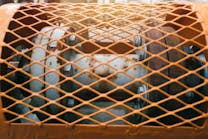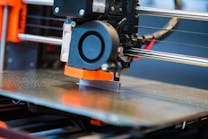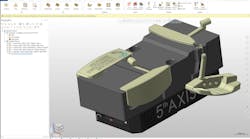Using Desktop 3D Printing to Get More Out of CNC Machines (.PDF Download)
The CNC mill is the foundation of most modern machine shops, and it’s usually the tool with the most demands competing for its time. This means making tough choices when small-volume parts are needed. One-off jobs like fixtures and workholding often take the mill out of production for revenue-generating parts.
Acquiring an additional mill for support work is usually not financially realistic. So, until recently, there wasn’t a good solution to this problem, and this led to jobs being rejected for lack of CNC time or deadlines being missed and customers upset.
However, over the last few years, a solution has emerged: desktop 3D printers. New materials available for today’s 3D printers are stronger and more capable. Increasingly, shops use an affordable desktop 3D printer to take on support jobs to free up CNC mills. With fast overall turnaround times and enough strength, stiffness, and accuracy for many smaller jobs, the desktop 3D printer is quickly becoming a cost-effective companion to traditional CNC machines.
Scheduling jobs in a machine shop is a complex challenge. The best way to increase the return on investment (ROI) in expensive equipment is to keep that equipment busy doing productive work. Thus, the ideal CNC job is a higher-volume production order with little or no refixturing.
In real life, however, production interruptions are constant and often unavoidable. Many CNC tasks require custom fixturing pieces for efficient completion, and the CNC mill is usually the tool used to do this one-off, but necessary, work. These jobs are just as critical as production, but generate no profit. Moreover, these ancillary jobs are often more complicated and take more time to program and machine than actually making the final parts.
In short, ROI and productivity, always tied to revenue and performance, are far better if production machines are producing. So if a shop can offload the one-off cost work from a CNC mill, that’s a win.








